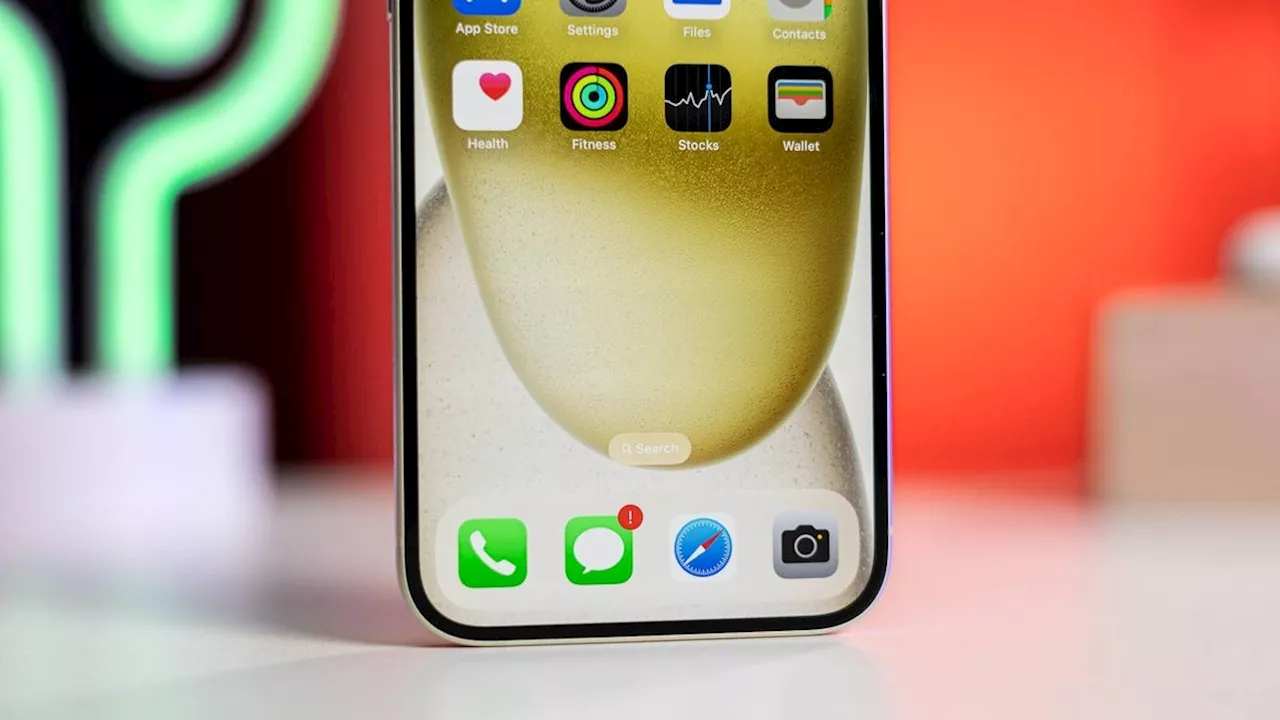New smishing attacks are tricking iPhone users into disabling security protections by disguising themselves as legitimate notifications.
Reserving a Galaxy S25 gives you a $50 Samsung Credit, extra savings of up to $1,250, and a chance to win $5,000! Apple's iPhones are proudly carrying the reputation of being quite security and privacy-focused. Apple's Messages app sports fancy built-in safeguards that prevent links or phone numbers in unsolicited messages on iPhones from being clickable. But now, scammers have learned a few tricks on how to make you disable such protections.
These attacks are quirkily called 'smishing' attacks (a combination of “SMS” and “phishing”). The tricky message would be masked in the form of a notice of an unpaid bill for a small amount, or a 'failed' USPS delivery notification. The key to catching the maliciousness of such messages is that these new scam 'warnings' will ask you to reply 'Y' or 'N', or request any form of reply immediately. The instructions will lead you to reply, then exit the chat and return to the message in order to click a now-enabled scam link. Unfortunately though, if you fall for the trick, you'll be quickly flooded with other scam messages now with clickable links and scary 'warnings' that would urge you to click (hopefully for them, faster than you can think). Sometimes, the sender may pretend to be affiliated with Apple or other big companies. The tactic has been in use over the past year, but its usage has been increasing in frequency since the summer. Some people have become accustomed to typing “STOP”, “Yes', or “NO” to confirm appointments or opt out of text message subscriptions, and the scammer is hoping to use your muscle memory to enable the links Apple so loyally disabled on your behalf. Replying will enable links and disable Messages' protection for the text. Also, it would indicate to the malicious user that you're susceptible to such manipulation hence the flooding of other scammers trying to fool you.The best would be, of course, not to fall for the trick and obey scammers' instructions. However, if you've already been tricked, the best would be to block and report the email address or phone number that's attempting to scam you - and do the same with any other similar messages as soon as your receive them. It's important to always remember that it's always best to contact banks or any institution directly (by other means, like finding their official website and taking their contact info from there) if something is concerning to you. Remember not to enter your credit card or bank information in Messages or in any link that's been sent to you in any messaging app.
SMISHING IPHONE SECURITY SCAMS MESSAGES
United States Latest News, United States Headlines
Similar News:You can also read news stories similar to this one that we have collected from other news sources.
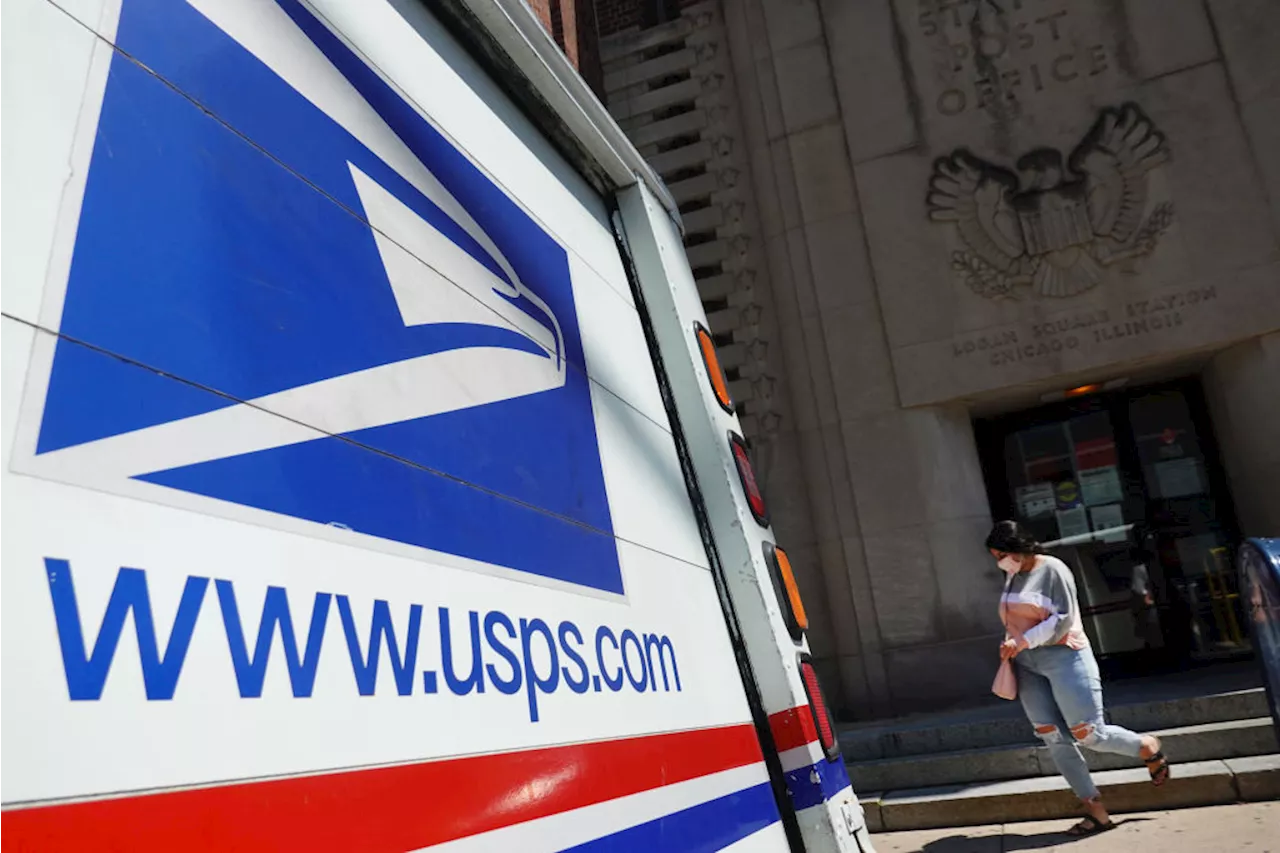 Beware of Smishing Scams Targeting USPS PackagesThe US Postal Inspection Service warns about a new smishing scam where criminals send text messages claiming your USPS package can't be delivered due to missing information. They aim to steal your personal information like account details, Social Security number, credit card numbers, and more. The USPS emphasizes that they never contact customers directly via text about package issues.
Beware of Smishing Scams Targeting USPS PackagesThe US Postal Inspection Service warns about a new smishing scam where criminals send text messages claiming your USPS package can't be delivered due to missing information. They aim to steal your personal information like account details, Social Security number, credit card numbers, and more. The USPS emphasizes that they never contact customers directly via text about package issues.
Read more »
 USPS Warns of Smishing Scam Targeting Package DeliveriesThe U.S. Postal Service is warning customers about a surge in smishing scams, where scammers send fake text messages claiming package delivery issues to steal personal information. The USPS emphasizes that it never requests personal data via text, email, or phone calls. Customers are advised to use legitimate tracking methods like Informed Delivery for package updates.
USPS Warns of Smishing Scam Targeting Package DeliveriesThe U.S. Postal Service is warning customers about a surge in smishing scams, where scammers send fake text messages claiming package delivery issues to steal personal information. The USPS emphasizes that it never requests personal data via text, email, or phone calls. Customers are advised to use legitimate tracking methods like Informed Delivery for package updates.
Read more »
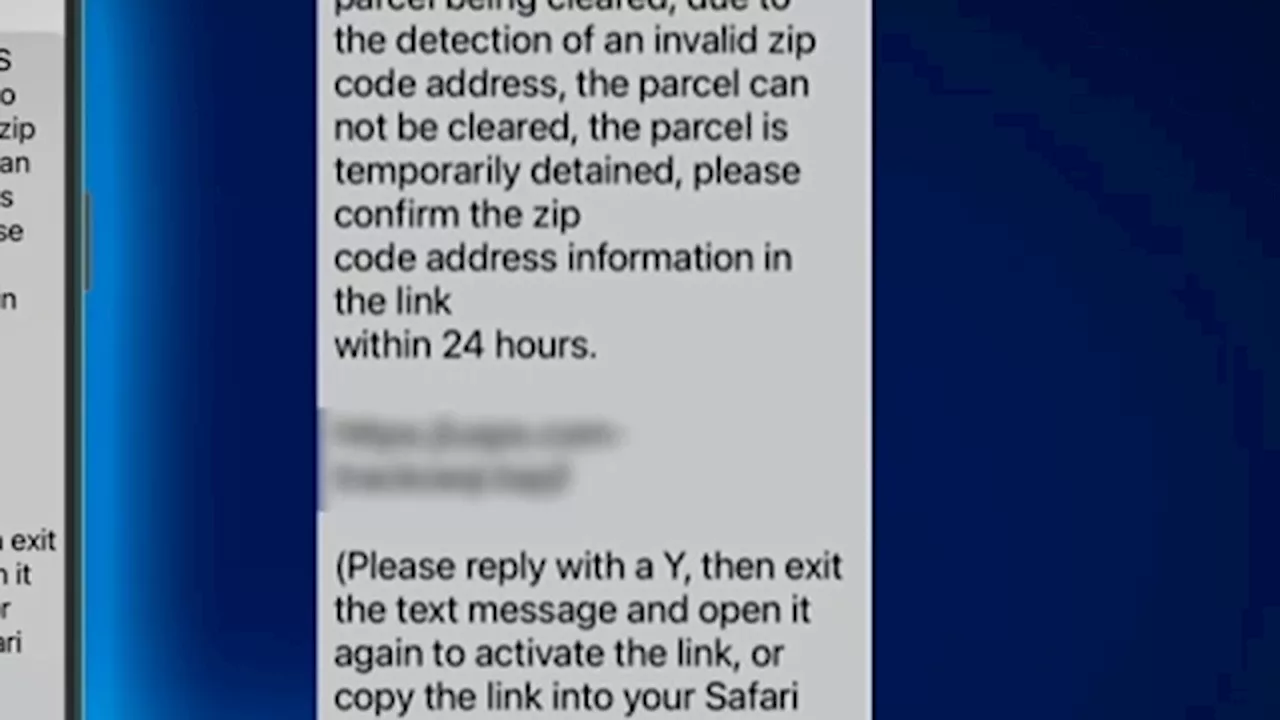 US Postal Service Warns of Smishing Scam Targeting Holiday ShoppersThe US Postal Service is warning customers about a surge in smishing scams, which involve fake text messages attempting to trick people into revealing personal information or clicking on malicious links. Scammers often impersonate the Postal Service or other legitimate organizations, claiming there's an issue with a package delivery or attempting to obtain sensitive data. The Postal Service reminds customers that it never requests personal information through text messages, emails, or phone calls.
US Postal Service Warns of Smishing Scam Targeting Holiday ShoppersThe US Postal Service is warning customers about a surge in smishing scams, which involve fake text messages attempting to trick people into revealing personal information or clicking on malicious links. Scammers often impersonate the Postal Service or other legitimate organizations, claiming there's an issue with a package delivery or attempting to obtain sensitive data. The Postal Service reminds customers that it never requests personal information through text messages, emails, or phone calls.
Read more »
 USPS Warns of Smishing Scams Targeting CustomersThe US Postal Service is alerting customers to a new wave of smishing scams that aim to steal personal information. Scammers are sending text messages impersonating USPS, claiming packages cannot be delivered due to missing information.
USPS Warns of Smishing Scams Targeting CustomersThe US Postal Service is alerting customers to a new wave of smishing scams that aim to steal personal information. Scammers are sending text messages impersonating USPS, claiming packages cannot be delivered due to missing information.
Read more »
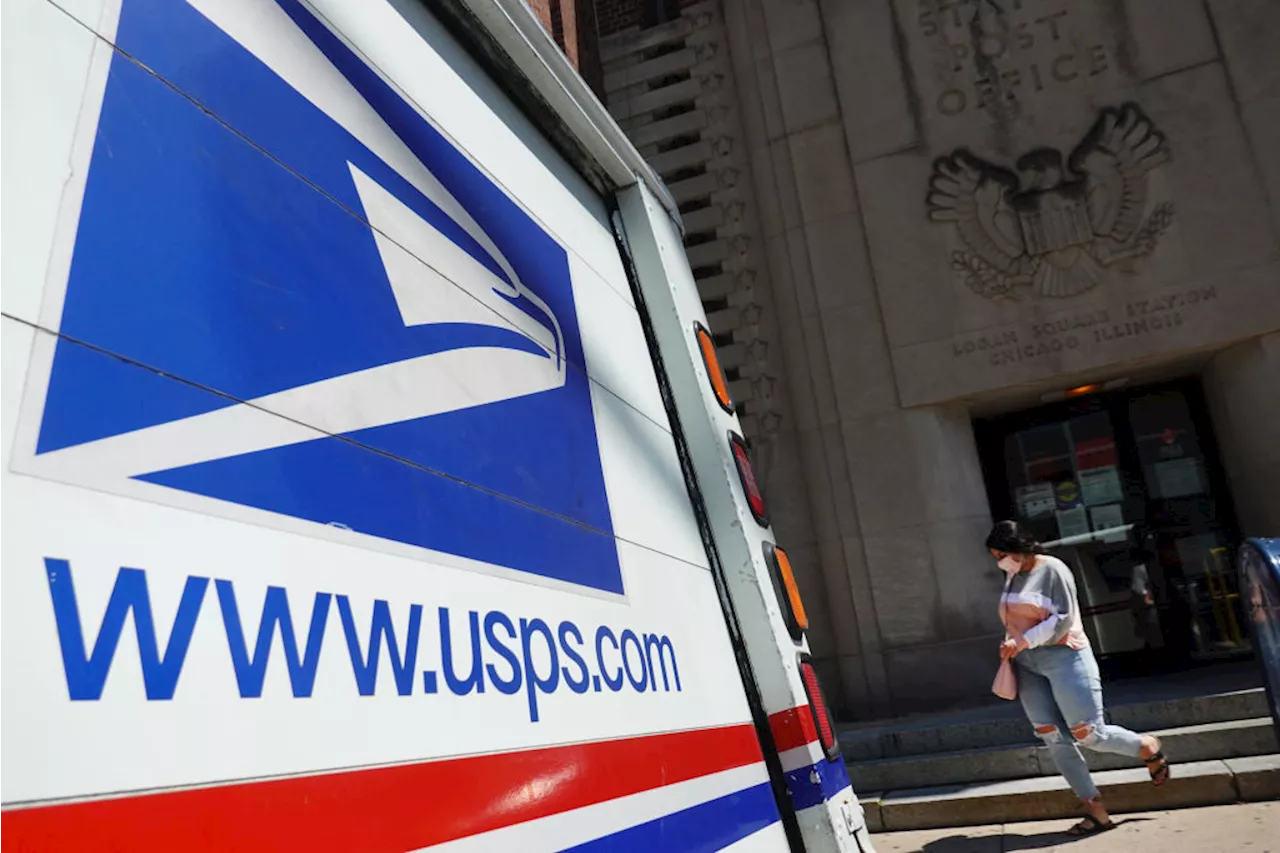 USPS Warns of Smishing Scams Targeting Package DeliveriesThe US Postal Inspection Service is warning the public about a new smishing scam targeting individuals expecting package deliveries. Scammers are sending fraudulent text messages claiming that packages cannot be delivered due to missing information.
USPS Warns of Smishing Scams Targeting Package DeliveriesThe US Postal Inspection Service is warning the public about a new smishing scam targeting individuals expecting package deliveries. Scammers are sending fraudulent text messages claiming that packages cannot be delivered due to missing information.
Read more »
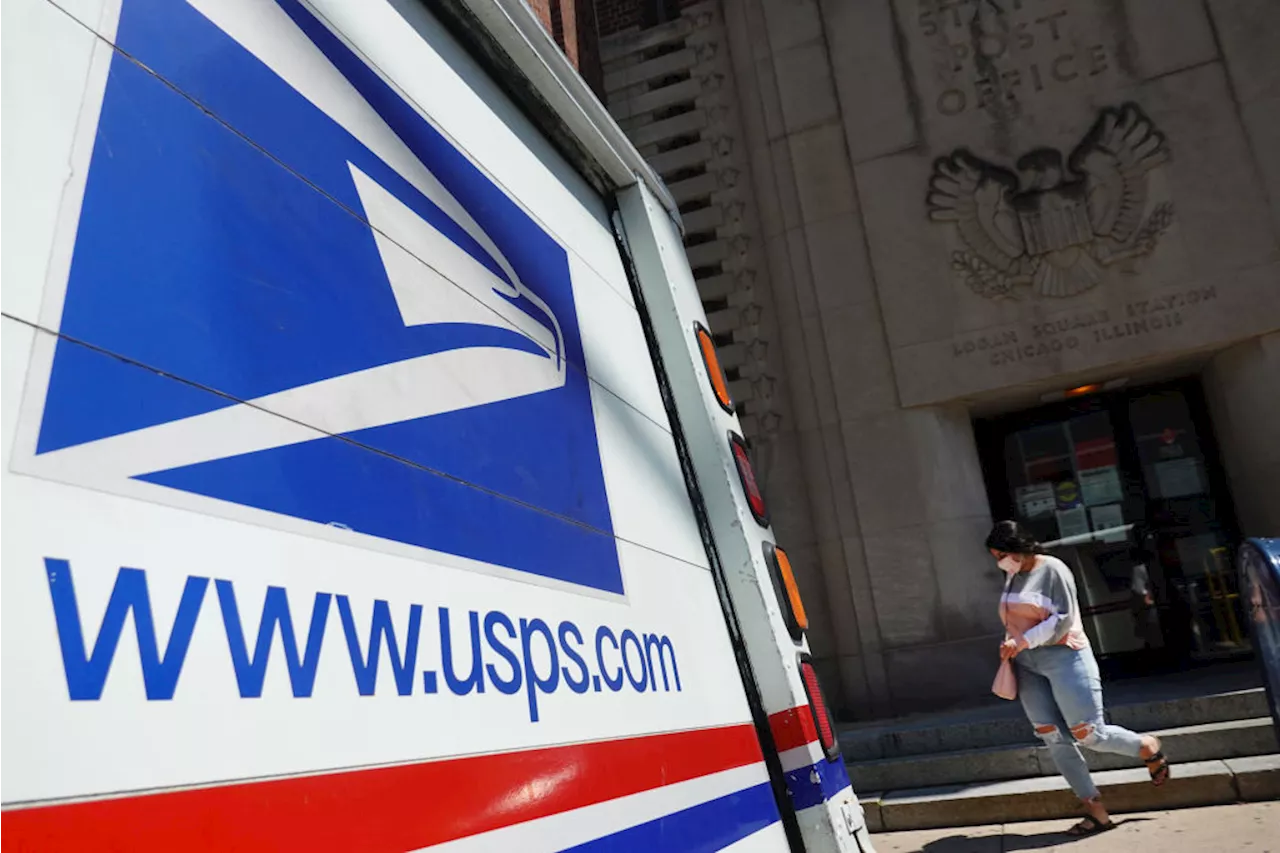 USPS Warns of Smishing Scam Targeting Package DeliveriesScammers are using text messages (smishing) to trick people into revealing personal information by claiming their USPS package delivery has issues. The USPS emphasizes that they will never contact customers directly via text about package problems. Customers are urged to be cautious of suspicious texts and to report any instances to the USPS.
USPS Warns of Smishing Scam Targeting Package DeliveriesScammers are using text messages (smishing) to trick people into revealing personal information by claiming their USPS package delivery has issues. The USPS emphasizes that they will never contact customers directly via text about package problems. Customers are urged to be cautious of suspicious texts and to report any instances to the USPS.
Read more »
